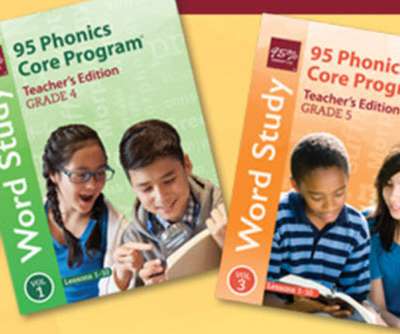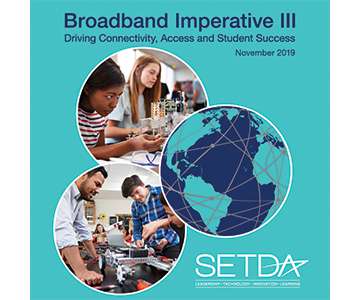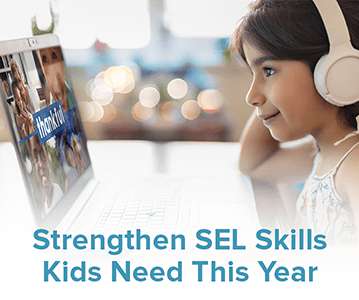95 Percent Group Unveils 95 Phonics Core Program for Grades 4 and 5
eSchool News
FEBRUARY 2, 2023
The 2022 National Assessment of Education Progress – the Nation’s Report Card – revealed the average fourth-grade reading score was lower than all previous assessment years going back to 2005, dropping back to 1992 levels. Research on reading instruction has been very clear for more than 20 years.



























Let's personalize your content